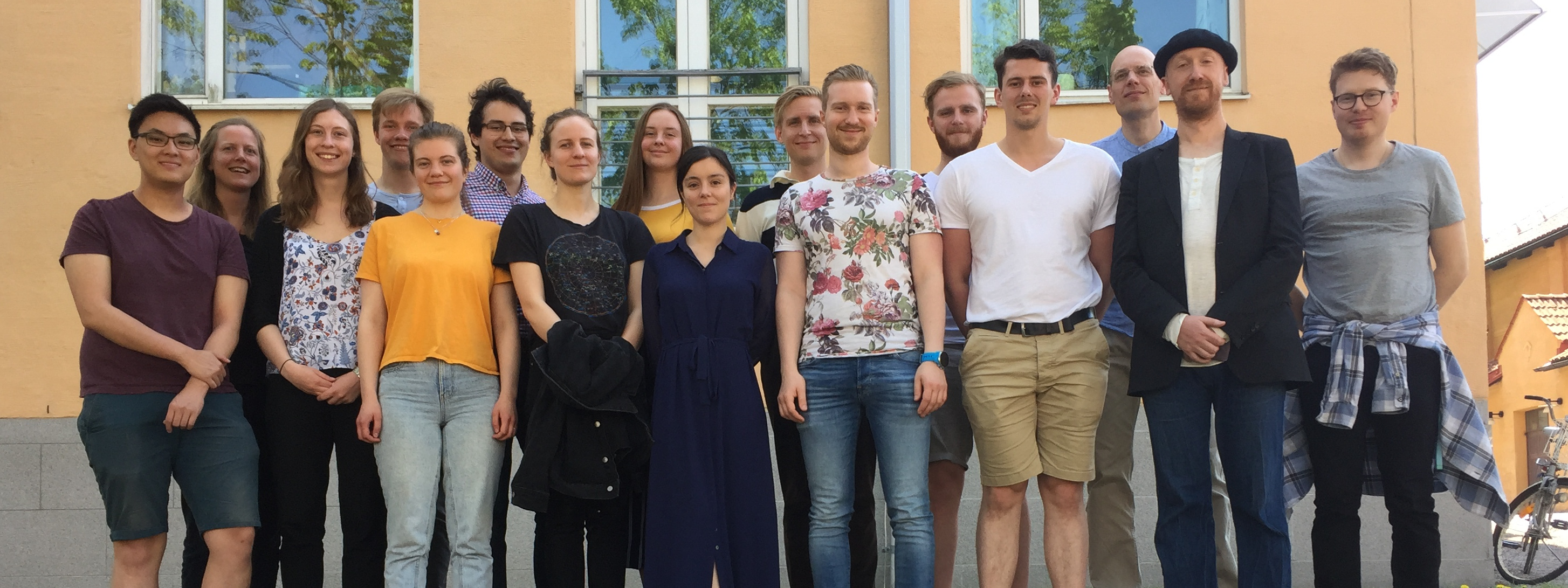Right before christmas, Linnea Bergenholm presented her master thesis Modeling as a Tool to Support Self-Management of Type 1 Diabetes. This thesis work was done in our group, collaborating with the companies Linkura and Wolfram Mathcore, aiming to develop and investigate dosing tools for diabetics.
You can download the thesis here

Abstract:
Type
1 diabetes (T1D) is an auto-immune disease characterized by
insulin-deficiency. Insulin is a metabolic hormone that is involved in
lowering blood glucose (BG) levels in order to control BG level to a
tight range. In T1D this glycemic control is lost, causing chronic
hyperglycemia (excess glucose in blood stream). Chronic hyperglycemia
damages vital tissues. Therefore, glycemic control must be restored.
A
common therapy for restoring glycemic control is intensive insulin
therapy, where the missing insulin is replaced with regular insulin
injections. When dosing this compensatory insulin many factors that
affect glucose metabolism must be considered. Linkura is a company that
has developed tools for monitoring the most important factors, which are
meals and exercise. In the Linkura meal and exercise tools, the
nutrition content in meals and the calorie consumption during exercise
are estimated. Another tool designed to aid control of BG is the bolus
calculator. Bolus calculators use input of BG level, carbohydrate
intake, and insulin history to estimate insulin need. The accuracy of
these insulin bolus calculations suffer from two problems. First, errors
occur when users inaccurately estimate the carbohydrate content in
meals. Second, exercise is not included in bolus calculations. To reduce
these problems, it was suggested that the Linkura web tools could be
utilized in combination with a bolus calculator.
For this purpose,
a bolus calculator was developed. The bolus calculator was based on
existing models that utilize clinical parameters to relate changes in BG
levels to meals, insulin, and exercise stimulations. The bolus
calculator was evaluated using data collected from Linkura’s web tools.
The collected data showed some inconsistencies which cannot be explained
by any model. The performance of the bolus calculator in predicting BG
levels using general equations to derive the clinical parameters was
inadequate. Performance was increased by adopting an update-algorithm
where the clinical parameters were updated daily using previous data.
Still, better model performance is prefered for use in a bolus
calculator.
The results show potential in developing bolus
calculator tools combined with the Linkura tools. For such bolus
calculator, further evaluation on modeling long-term exercise and
additional safety features minimizing risk of hypoglycemia are required.

